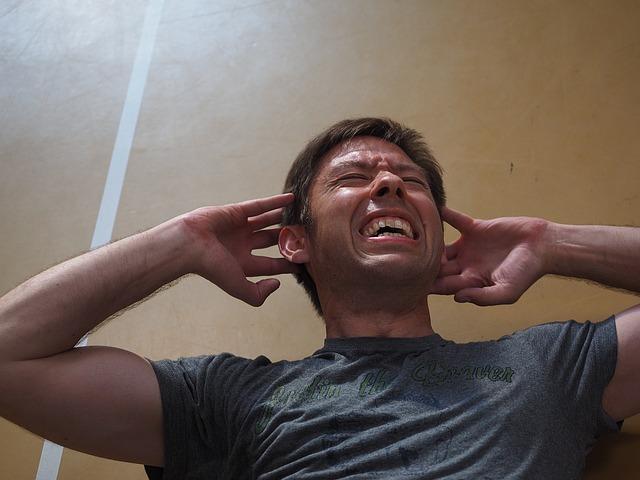
Mapping your Back Pain: Flexion-Based Intolerance
Your spine is not designed for too much flexion
Flexion-based pain is the most ubiquitous back pain of our age- the kind related to being hunched over computers and cell phones; the kind related to sitting more and doing less. Whatever your reason for sitting so much, flexion based back pain results when the spine remains flexed for too long. With flexion occurring all the time, the back slowly wears down, resulting in degenerative conditions such as disc herniation, spinal stenosis and, more generally, back pain.
A test for flexion-based intolerance
Simply bend over. If you experience pain while reaching for your toes, or your pain gets worse in this position, there is a good chance you have flexion intolerance. Another key question is whether you experience pain while sitting and does the pain disappear when you stand up or walk?
Relieving flexion intolerance and pain
At our office in Fremont, we frequently treat people with flexion intolerance. Our goals to help you break out of this pain are as follows:
- to limit motions that cause you pain,
- help you recognize when you are in a flexion dominant position and how to limit your time spent like this throughout the day
- Restoring neutral posture
- Strengthening the core stabilizing muscles
In order to do this, we will use chiropractic adjustment to address any misalignment of the spine that has thus far occurred and to encourage healing of conditions such as herniated discs. We then prescribe a course for strengthening that takes into account your level of fitness and pain.
Exercises to avoid for flexion-intolerant persons include:
- Dead lifts
- Back Squats
- Situps
- Crunches
Give our office in Milpitas a call so we can get you back on track in spite of any flexion-based intolerance you may be suffering!